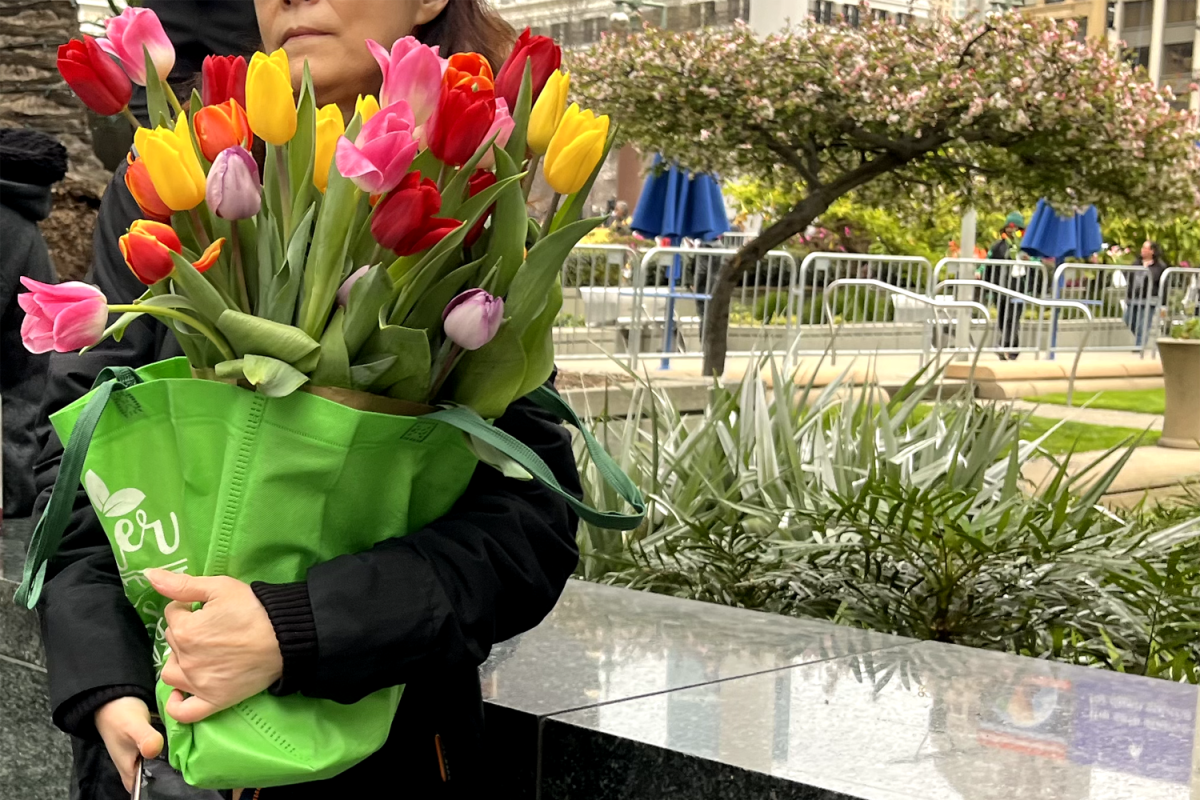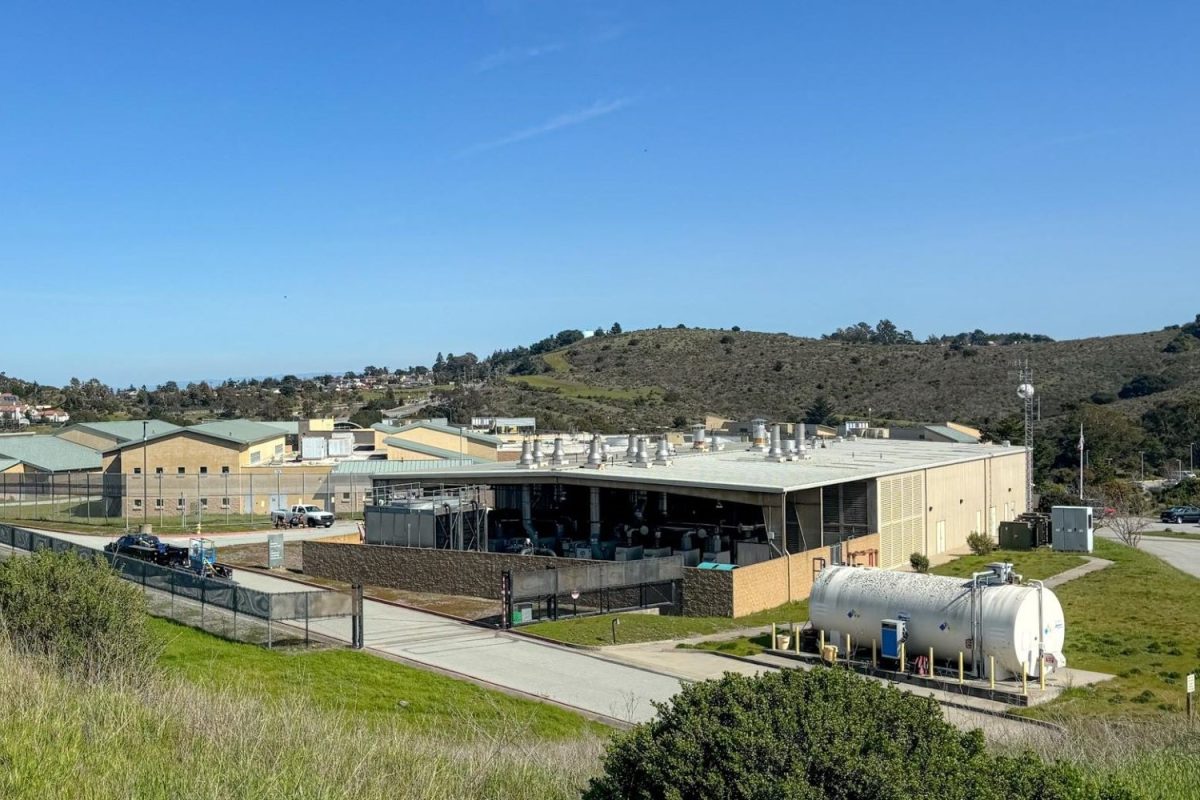As global climate change accelerates, leaders in local governments have been forced to reckon with the threat posed by rising sea levels, volatile winds, and a desiccated landscape.
Efforts by local municipalities to combat the long and short-term detrimental effects of climate change have resulted in the proposition of all-electric reach codes at a San Carlos City Council meeting on Oct. 26 and the beginning of a levee improvement project in Foster City on Oct. 28.
The proposed reach codes would update building code requirements and generally require all new construction to have electric energy sources rather than gas, which would reduce carbon emissions in San Carlos.
With growing support for climate action and a greater emphasis on the environment in the upcoming election, city governments have undertaken major projects and policy changes to address the public demand and promote sustainable practices in San Mateo County.
“When we’re thinking long term, converting our buildings that are being built today to be all-electric is what helps us achieve aggressive greenhouse gas reduction targets, like the state’s goal of reducing emissions by 40% by 2030 and 80% by 2050,” said Adam Lokar, a management analyst and sustainability specialist for the City of San Carlos.
To meet such aggressive emission goals, San Carlos’ city government needed to take action to bring forth changes to the city’s building codes. The proposition of all-electric reach codes was developed in only one month, and the hurried nature of the proposition was noted at the beginning of the meeting.
Near the end of the recent San Carlos City Council meeting, the members agreed with the need for further development of the proposal.
“I think we can take meaningful action on reach codes while also being realistic and pragmatic and bringing the community along with us,” said San Carlos City Council Member Sara McDowell.
Expressing her support for the reach codes, McDowell also asserted the need for a greater level of research before the introduction of the ordinance.
McDowell said, “I support doing the extra research to make sure we’re getting this right.”
Despite the city’s decision to allow for more research and revision of the ordinance, public support was overwhelmingly in favor of the new all-electric reach codes. Residents of San Carlos stressed the need for a cohesive plan of action to combat the threat of climate change.
“I think it’s really prudent for the city, on many levels, to not go with any more new and unnecessary stranded assets, and of course, from the climate perspective, we know climate change is real. It’s one of the defining struggles of our time, and I think any new gas infrastructure that we allow to be built at this point would be a liability and a tragedy,” said Dashiell Leeds, a conservation assistant at the Loma Prieta Chapter of the Sierra Club.
In other parts of San Mateo County, cities have taken action to protect themselves from the effects of climate change. For communities bordered by the San Francisco Bay, sea-level rise remains an omnipresent threat.
In Foster City, Measure P, passed in 2018 by voters, allocated funds to improve the city’s levees. These improvements are meant to protect people and property and avoid designating Foster City a flood zone by the Federal Emergency Management Agency (FEMA).
With city officials’ full confidence, the levee improvement project seems to be a promising solution to Foster City’s current situation.
“When the improvements are complete, [Foster City] will be fully protected from near and midterm climate change,” said Norman Dorais, the director of public works and city engineer for the City of Foster City.
Even with such assurances, grim forecasts for sea-level rise in San Mateo County have been released recently, worrying many residents. A new report from the California State Legislative Analyst’s Office concluded that there could be a possible 7-foot sea-level rise in the San Francisco Bay by 2100.
These forecasts have left many residents of communities bordering the Bay frightened of the threat that climate change poses. In communities such as Redwood Shores, the area’s designation as a flood zone has left community members, including Carlmont students, rattled.
“The threat that climate change and flooding constitute is one that concerns me greatly. I would hate to see our community suffer from flooding,” said Atharva Abhyankar, a sophomore.
Despite these concerns, Abhyankar maintains a high level of confidence in local governments to help right this situation.
Abhyankar said, “I have full confidence that the government of Redwood City is doing everything it can to protect the residents of Redwood Shores.”
To combat climate change, numerous additional local city governments, including Redwood City and San Mateo, have taken visible steps to introduce legislation that affects environmental sustainability and protects their communities. Dorais described the need for San Mateo County, a “forerunner” in its efforts to counter the effects of climate change, to form a cooperative and united stand against global warming and climate change across city boundaries.
“On a countywide basis, I think that agencies acting together are certainly going to accomplish more,” Dorais said.
In the San Carlos City Council meeting, the need for decisive and quick action to mitigate the effects of climate change was emphasized throughout.
McDowell said, “I think we owe it to the next generation to take meaningful action now.”

























danny swatzel • Nov 5, 2020 at 9:37 am
Hudson, great work and research. Your interest in issues that affect us now and into the future is inspiring.You are a tireless and committed explorer of issues that affect us now and into the future. I am sure as you gain a political voice, even more than the one you share here, you’ll have a tremendous influence on the direction that our communities take regarding climate change and the roles we can play to temper the potential destruction of our planet. Keep up the great work! Danny